In this guide, we’ll explore specific plants to sow in June, detailing their temperature tolerances, ideal planting dates, and various tips to cultivate a successful garden.
Vegetables To Plant
Tomatoes
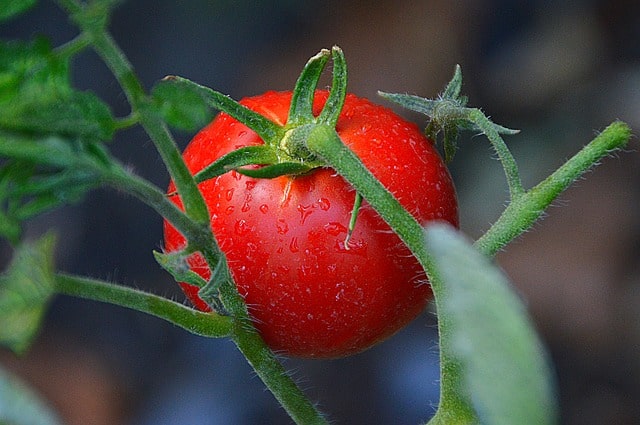
Temperature Tolerance: Tomatoes thrive in warm conditions, with an optimal temperature range of 70°F to 85°F for growth. These plants can tolerate brief spells of heat but may suffer if nighttime temperatures fall below 50°F.
Planting Dates: In Zone 7, after the last frost (around mid-April), you can begin starting tomato seeds indoors. However, by June, you should be ready to transplant your young seedlings outdoors.
Compelling Information: Tomatoes are one of the most versatile plants you can grow, offering a variety of flavors and uses—from fresh salads to hearty sauces. To give your tomato plants the best chance of success, choose varieties suited for your intended use: cherry tomatoes for snacking, beefsteak for sandwiches, or paste tomatoes for cooking. When planting, ensure you space them at least 24-36 inches apart to promote good air circulation, which helps reduce the incidence of diseases like blight. Regular pruning and staking will also support healthy growth, leading to larger fruit yields.
Peppers

Temperature Tolerance: Peppers flourish in temperatures ranging from 70°F to 90°F. Although germination can occur at lower temperatures, it could stunt growth or produce weak plants.
Planting Dates: Ideally, sow pepper seeds indoors 8-10 weeks before the last expected frost, typically in late February or early March. By early June, seedlings can be safely transplanted outdoors.
Compelling Information: From sweet bell peppers to fiery jalapeños, peppers bring a spectrum of flavors and heat levels to your garden. To enhance their growth, consider starting them in biodegradable pots to avoid disturbing the roots when transplanting. Additionally, peppers love nutrients, so an organic fertilizer can help them reach their full potential. Be on the lookout for pests like aphids and spider mites, which can affect their health—integrate pest management strategies to keep them at bay.
Cucumbers
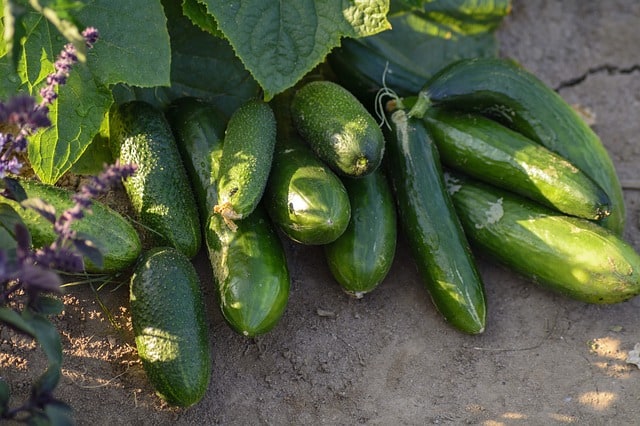
Temperature Tolerance: Cucumbers prefer soil temperatures of at least 60°F and thrive best between 70°F and 95°F. Extreme heat can affect pollination, resulting in poor fruit set.
Planting Dates: Cucumbers can be directly seeded into the ground in June, as the soil warms to optimal temperatures.
Compelling Information: Fast-growing and prolific, cucumbers are perfect for summer salads and pickling. When planting, consider using trellises to support your cucumbers, allowing for better air circulation and reducing the likelihood of rot. Regular watering is crucial during fruit development—aim for deep, consistent watering to promote strong roots. If you notice bitter cucumbers, it may be due to inconsistent watering or heat stress; maintaining regular moisture helps prevent this issue.
Beans
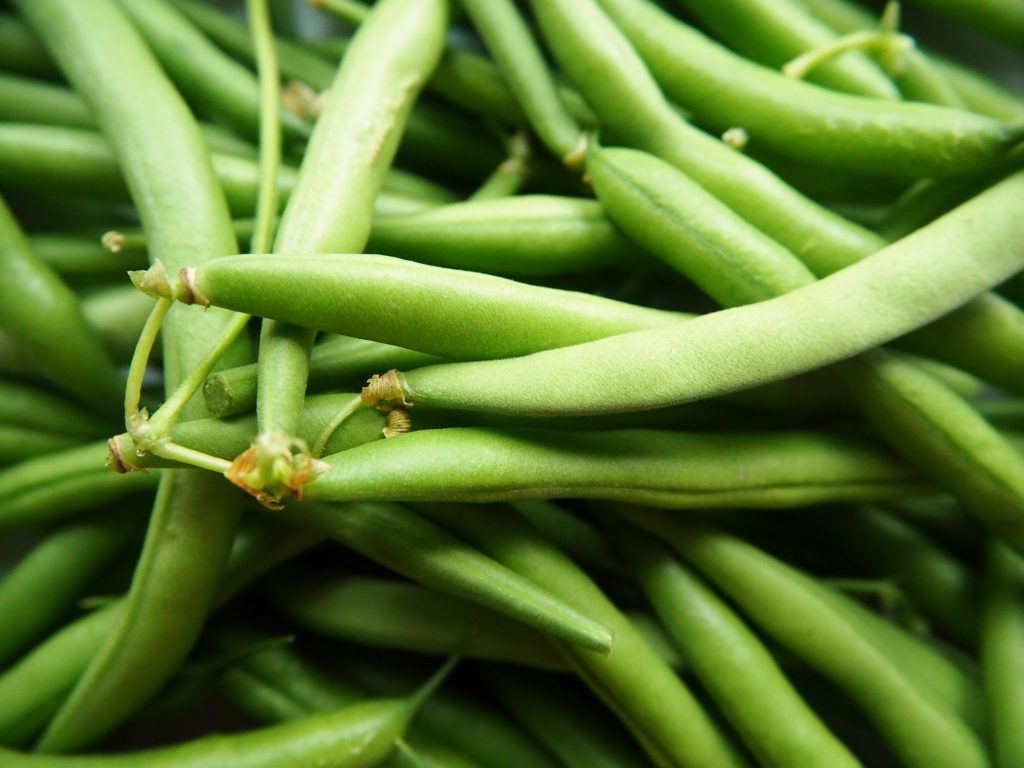
Temperature Tolerance: Beans grow optimally in temperatures from 70°F to 90°F, germinating best when soil temperatures are above 60°F.
Planting Dates: In Zone 7, beans should be sown directly in the ground starting in June, well after the danger of frost passes.
Compelling Information: Beans are nitrogen-fixing plants, meaning they enrich the soil as they grow, reducing the need for additional fertilizers. Choose between bush varieties, which require less support, or pole beans, which benefit from trellising. Make sure to stagger your planting every couple of weeks for continuous harvest throughout the summer. They require consistent moisture, especially as seeds start to develop into pods; however, avoid waterlogging, as this can encourage root rot.
Squash
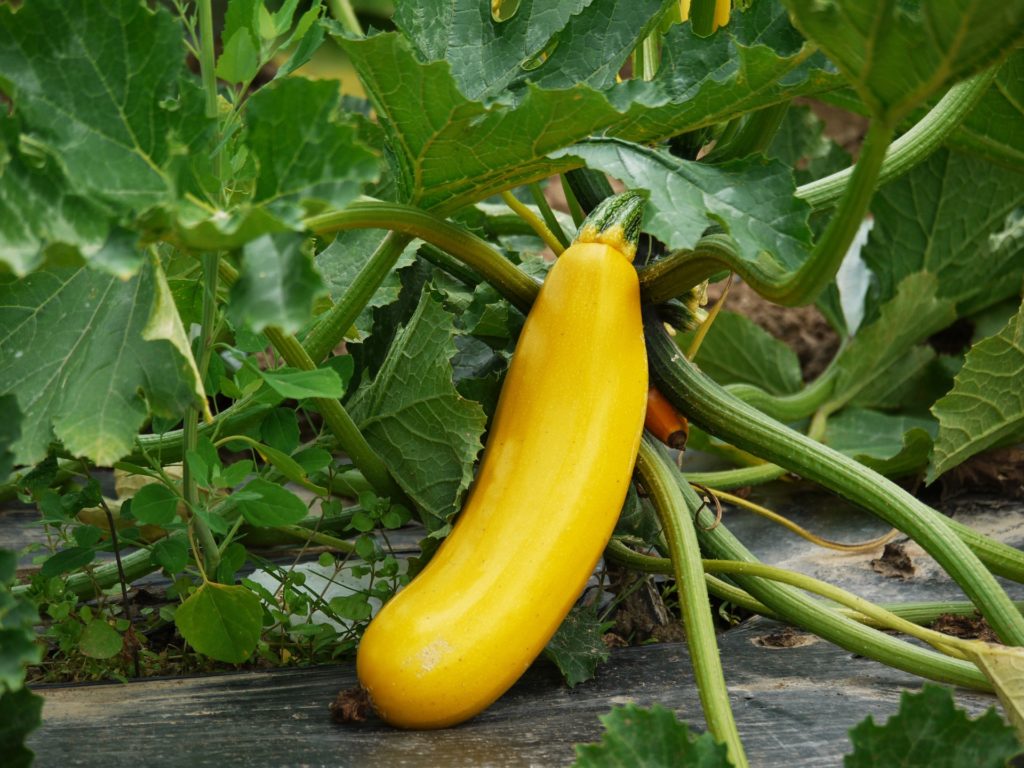
Temperature Tolerance: Summer squash (like zucchini) enjoys warm temperatures, ideally around 70°F and up to 90°F for optimal growth. They may suffer in cooler conditions.
Planting Dates: June is perfect for directly sowing summer squash seeds in Zone 7 when the soil warms adequately.
Compelling Information: Squash plants are noted for their prolific production and can easily crowd out the garden space. To avoid this, plant them about 36 inches apart in rich, well-draining soil. Monitoring your squash for pests such as squash bugs and aphids is crucial; row covers can provide protection during their early stages. When harvesting, pick squash when they are small—this not only ensures better flavor but also encourages the plant to produce more fruit.
Corn
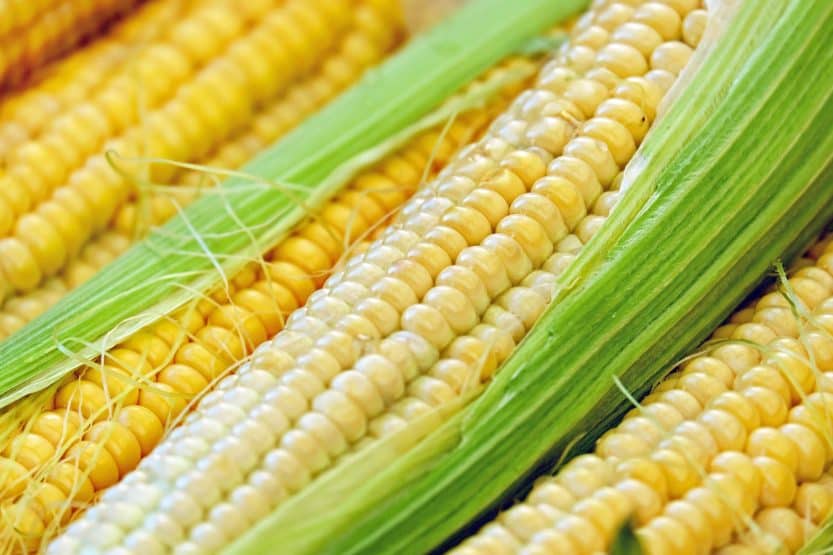
Temperature Tolerance: Corn germinates best at soil temperatures of 60°F and prefers warm temperatures, thriving in the 70°F to 90°F range.
Planting Dates: Direct sow corn in June when the soil temperature has consistently warmed.
Compelling Information: Corn requires lots of sunlight and nutrients to thrive. When planting, consider creating blocks of rows instead of a single long row; this allows for better wind pollination. Adequate spacing—about 12 inches apart—is vital for healthy plants. Corn is also a heavy feeder, so adding compost or a balanced fertilizer will help maximize your yield. Keep an eye on ears as they ripen; harvesting at the right time will ensure the sweetest taste—look for plump kernels that are full of milk when the ear is squeezed.
Carrots
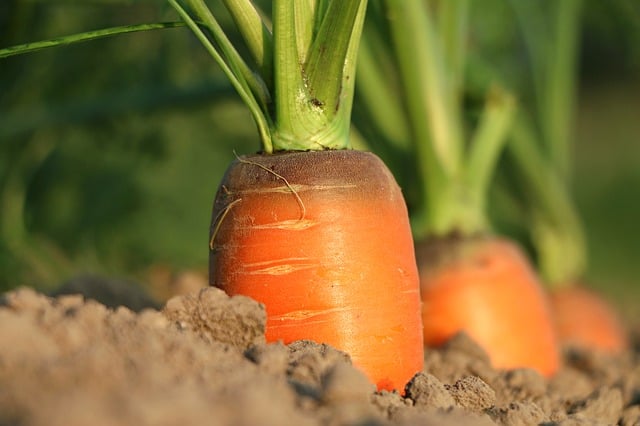
Temperature Tolerance: Carrots grow best in cooler soil temperatures of around 60°F to 70°F but can tolerate warmer conditions if adequately watered.
Planting Dates: In Zone 7, plant carrots in early June for a late summer and fall harvest, as they tend to bolt or develop a strong flavor in extreme heat.
Compelling Information: Carrots need a loose, well-drained soil to grow straight roots, so it’s essential to prepare the planting bed by loosening the soil and removing debris. Sow seeds about 1/4 inch deep and thin seedlings to prevent overcrowding. They require regular watering, especially during dry spells, but excess moisture can lead to rot. Consider mulching to retain soil moisture and keep roots cool as they develop. Harvest carrots when they reach an inch in diameter for the best flavor; they can be stored for months in a cool, dark place.
Beets

Temperature Tolerance: Beets thrive in cooler temperatures, ideally between 50°F and 75°F. They can tolerate slightly warmer conditions but may become tough or woody if exposed to prolonged heat.
Planting Dates: In Zone 7, you can plant beets in early June for a late summer harvest.
Compelling Information: Beets are versatile in culinary uses, and both their roots and greens are edible. They grow well in fertile, well-drained soil, where they can develop fuller roots. Plant seeds 1-2 inches apart in rows to allow sufficient spacing. Beets may also benefit from regular watering to keep soil consistently moist. Harvest roots when they reach about 2-3 inches in diameter for tender, flavorful beets. Don’t forget to use the greens in salads or sautéing for added nutrition.
Radishes
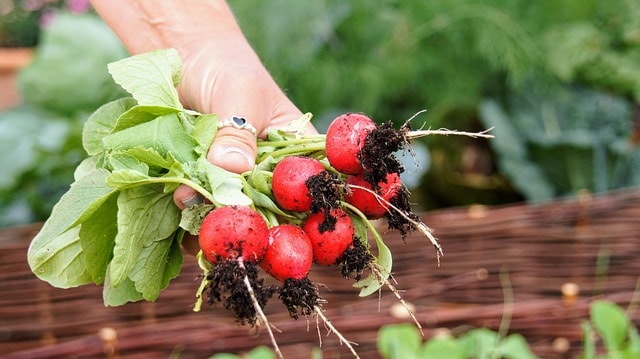
Temperature Tolerance: Radishes prefer cooler temperatures for optimal growth, thriving between 50°F and 70°F, though they can tolerate warmer conditions in moderate amounts.
Planting Dates: Direct seed radishes in June for a quick turnaround, with the possibility of multiple sowings throughout the summer for continuous harvests.
Compelling Information: Radishes are the fastest-growing crop, maturing in as little as 3-4 weeks. When planting, scatter seeds 1/2 inch apart and water consistently for quick germination. Ensuring they have adequate space and avoiding overcrowding is crucial for tender, crisp roots. Harvest radishes when they are still small for the best flavor—larger roots can become woody and spicy. Their peppery flavor adds zest to salads and can also be pickled for a tangy side dish.
Melons
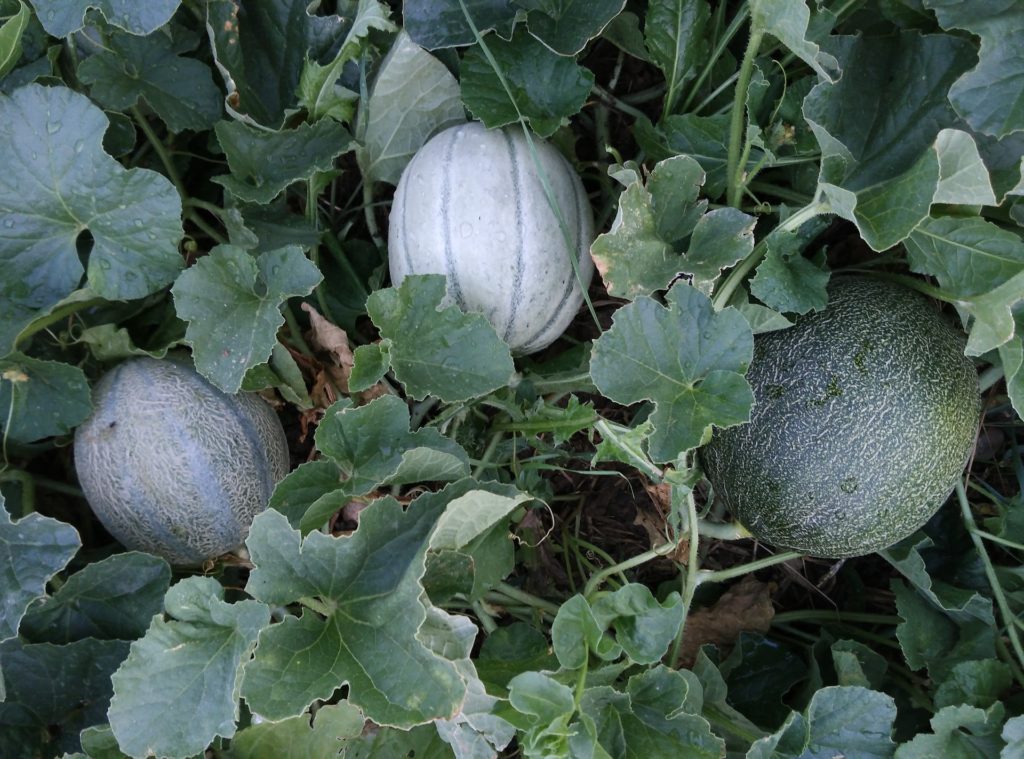
Temperature Tolerance: Melons, including cantaloupe and watermelon, require warm soil temperatures ideally between 70°F and 90°F for successful germination and growth.
Planting Dates: June is perfect for planting melon seeds, as soil temperatures will have warmed sufficiently to encourage germination.
Compelling Information: Melons need ample space due to their sprawling nature and should be planted in hills about 3-4 feet apart. Enriching the soil with compost and providing full sun conditions will lead to generous yields. Melons require regular, deep watering—especially during fruit development—to promote juiciness. Watch for signs of ripeness by checking the stem color and the “ground spot” coloration on the bottom of the fruit. Properly timed harvesting will guarantee the sweetest melons for your summer picnics.
Flowers To Plant
Sunflowers

Temperature Tolerance: Sunflowers thrive in temperatures from 70°F to 85°F, but can tolerate brief periods of heat above 90°F.
Planting Dates: Direct sow sunflower seeds in early June, as the soil is typically warm enough for germination.
Compelling Information: Sunflowers not only add a cheerful pop of yellow to your garden, but they also attract beneficial pollinators. When planting, choose a location with full sun exposure, and space seeds about 6 inches apart. The taller varieties may need staking in windy areas. Sunflowers are relatively low maintenance; regular watering helps establish them, but once mature, they are quite drought-resistant. Their seeds are also enjoyable for birds and can be harvested for oil or snacking.
Zinnias

Temperature Tolerance: Zinnias flourish in warm temperatures, ideally between 70°F and 90°F, and they can tolerate heat well.
Planting Dates: June is an excellent time to plant zinnia seeds directly into the garden.
Compelling Information: Zinnias are one of the easiest flowers to grow, known for their vibrant colors and long-lasting blooms. They thrive in well-draining soil and full sun, with regular deadheading encouraging new blooms. Planting zinnias in succession—every few weeks—can provide continuous color throughout the summer. Their ability to attract beneficial pollinators, such as bees and butterflies, makes them a wonderful addition to both ornamental and vegetable gardens.
Cosmos

Temperature Tolerance: Cosmos enjoy warm conditions and flourish in the 70°F to 90°F range, tolerating moderate heat without trouble.
Planting Dates: Plant cosmos seeds directly in June when the soil is warm enough.
Compelling Information: These easy-to-grow annuals produce daisy-like flowers that add a delicate touch to gardens. Cosmos thrive in poor soils, which encourages more robust growth. They prefer full sun and well-drained soil; spacing them 12-18 inches apart allows room for sprawling growth. Regular deadheading can extend blooming time, creating a solid base for pollinators. Cosmos are also drought-tolerant, making them perfect for low-maintenance areas of your garden.
Marigolds
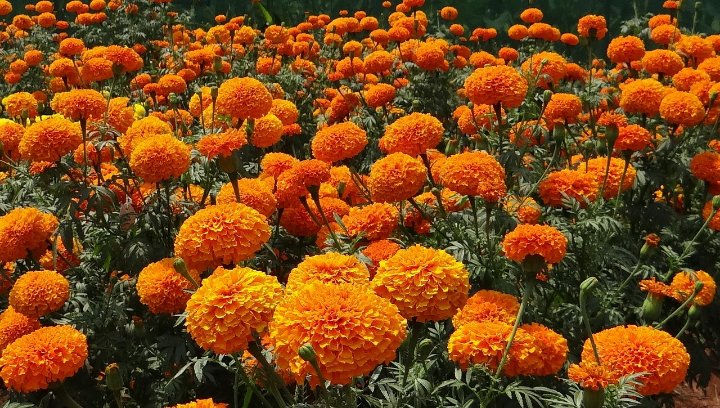
Temperature Tolerance: Marigolds thrive in warm temperatures, preferably in the range of 70°F to 85°F.
Planting Dates: June is an ideal month for sowing marigold seeds outdoors in Zone 7.
Compelling Information: Marigolds are not only vibrant but also serve as effective pest deterrents, making them an excellent companion plant for vegetables. They can tolerate a variety of soil types and prefer full sun. Seedlings should be spaced about 6-12 inches apart. Their blooming period can last until the first frost; frequent deadheading encourages prolonged flowering. The bright colors and resilience of marigolds make them an essential staple in both flower beds and vegetable gardens.
Nasturtiums
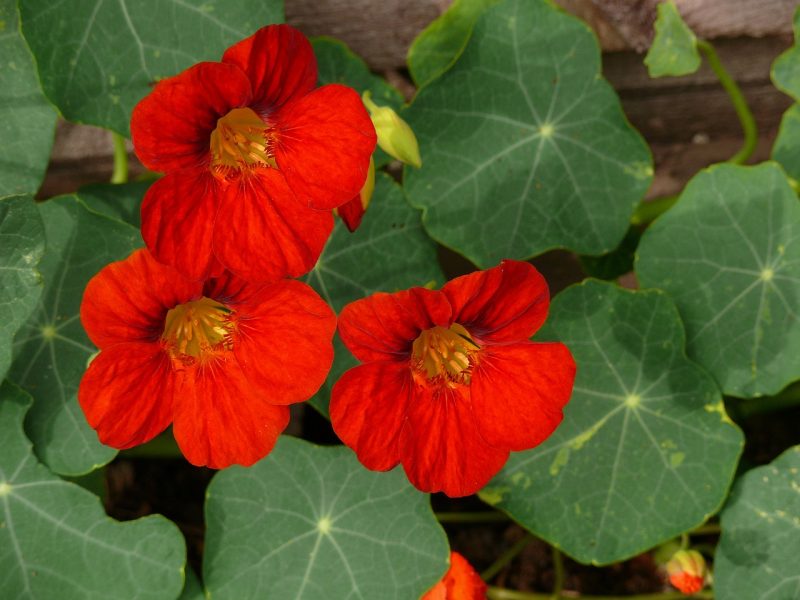
Temperature Tolerance: Nasturtiums prefer temperatures between 60°F to 75°F but can tolerate warmer conditions.
Planting Dates: June is a perfect time to plant nasturtium seeds directly in the garden.
Compelling Information: Nasturtiums are beautiful, vibrant flowers that not only enhance gardens but are also edible. They have a peppery flavor that adds a unique twist to salads. When planting, sow seeds 1 inch deep, caring for them in well-draining soil. These plants grow well in poorer soils, as rich soil can lead to lush foliage with fewer blooms. Be mindful that nasturtiums can spread, so consider planting them in containers if space is a concern.
Petunias
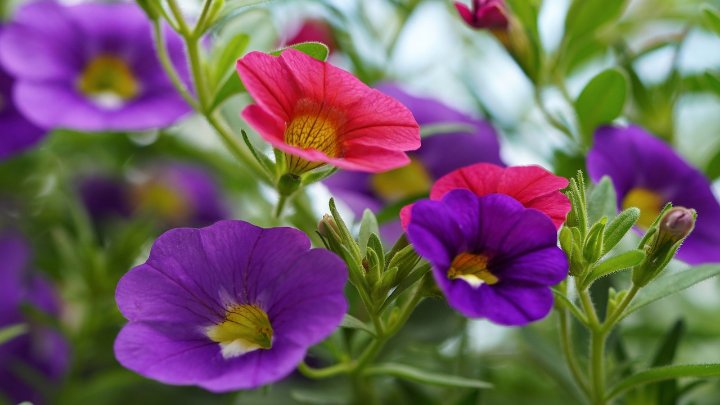
Temperature Tolerance: Petunias thrive in warm weather with temperatures between 70°F and 85°F.
Planting Dates: June is a great time to set out petunia seedlings or sow seeds directly.
Compelling Information: Petunias add vibrant color and fragrance to any garden. They prefer full sun and well-drained soil. When planting, space them about 10-12 inches apart to allow for ample airflow. Regular deadheading will promote further blooms, and fertilizing every few weeks encourages vitality. Petunias can be annuals or perennials, depending on the variety; selecting the right type for your climate can lead to beautiful displays season after season.
Salvia
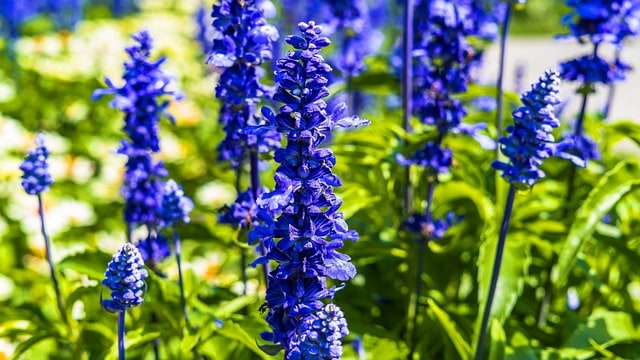
Temperature Tolerance: Salvia plants prosper in temperatures between 70°F and 80°F, enjoying warm conditions.
Planting Dates: June is the ideal time to establish salvia in the garden.
Compelling Information: Salvia is known for its striking colors and ability to attract hummingbirds and pollinators. Plant seeds about 1/4 inch deep, spacing them 12 inches apart in well-draining soil. Once established, salvia is drought-tolerant and thrives in sunny conditions. Regular pruning after blooming can encourage bushier growth. The aromatic leaves also provide culinary potential, making it a multi-purpose addition to gardens.
Rudbeckia
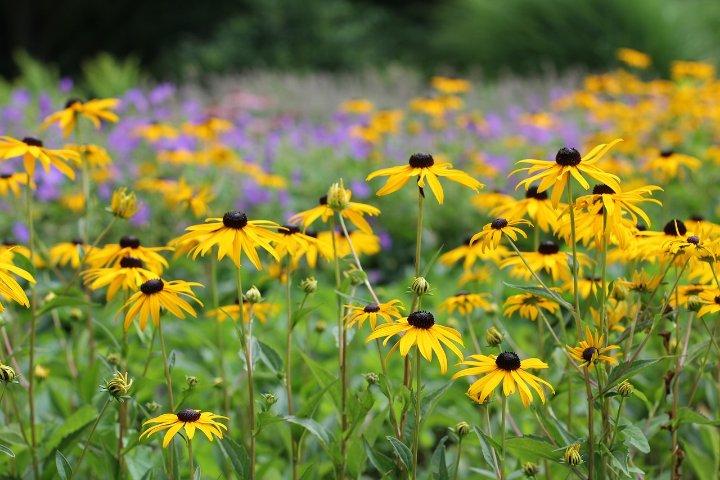
Temperature Tolerance: Commonly known as black-eyed Susans, rudbeckia thrive in warm temperatures between 70°F to 85°F.
Planting Dates: June is an excellent time to sow rudbeckia seeds directly into the garden.
Compelling Information: Rudbeckia are hardy perennials that can bloom from late summer into fall. They grow well in a variety of conditions but prefer full sun and well-drained soil. Seeds should be sown 1/4 inch deep with a spacing of 12-18 inches. These plants are great for attracting butterflies and birds, creating a lively garden environment. Regular deadheading will extend the blooming period, ensuring bright colors adorn your garden throughout the later summer.
Asters
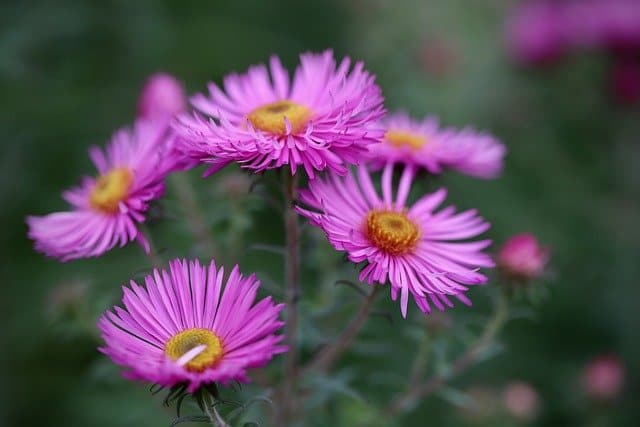
Temperature Tolerance: Asters thrive in temperatures from 70°F to 80°F, and they can tolerate moderate heat.
Planting Dates: June is a suitable time for planting aster seeds as longer daylight promotes better growth.
Compelling Information: Asters provide beautiful late-summer and fall color to gardens. Plant seeds about 1/4 inch deep and 12-18 inches apart in well-drained soil. They prefer full sun to thrive and attract pollinators like bees and butterflies. Maintenance is generally low; divide clumps every few years to encourage vigorous growth and prevent overcrowding. Asters can also be used in cut flower arrangements, adding value to your garden’s beauty.
Gaillardia
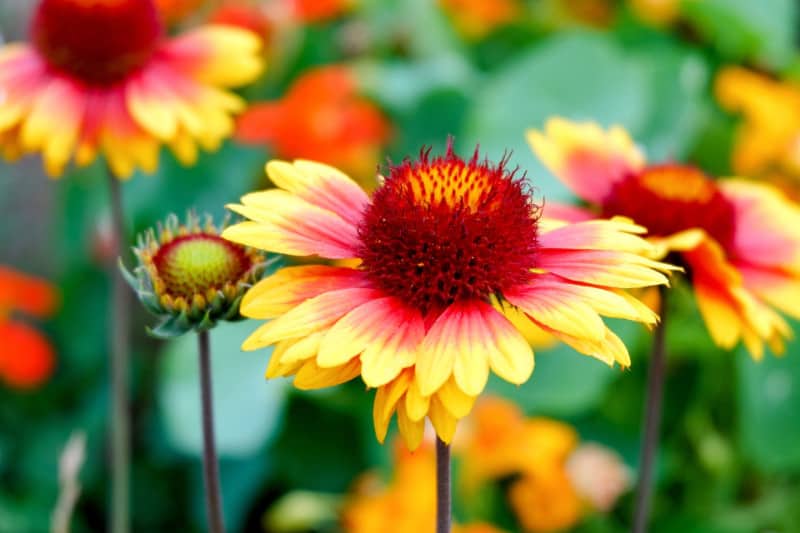
Temperature Tolerance: Gaillardia, or blanket flowers, thrive in warm conditions, ideally between 70°F to 85°F.
Planting Dates: Plant gaillardia seeds in June after the last frost has occurred.
Compelling Information: Gaillardia are drought-resistant and thrive in a variety of soil types, making them easy to care for once established. Seed depth should be about 1/4 inch with spacing of 12-18 inches to allow for growth. Regular deadheading will encourage more blooms, contributing to a vibrant display throughout summer and into the fall. They are also great for attracting butterflies and beneficial insects to your garden.
Herbs To Plant
Basil
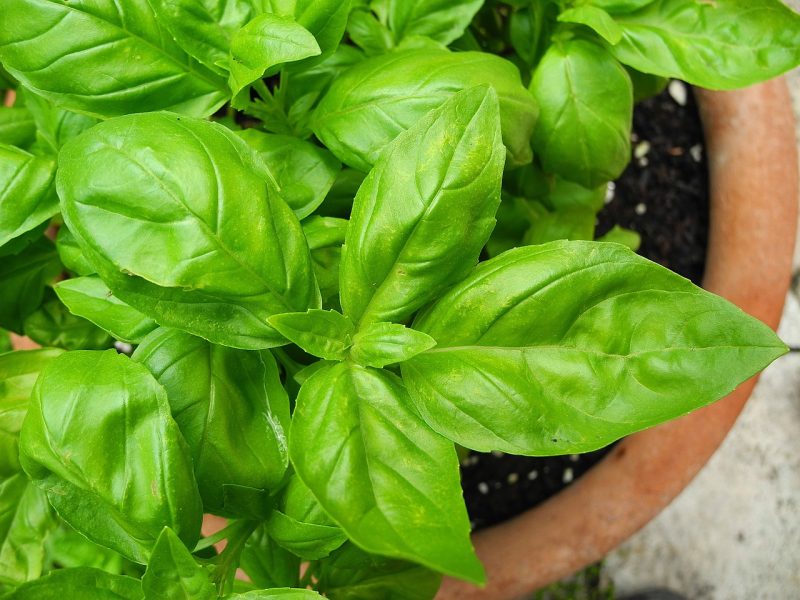
Temperature Tolerance: Basil thrives in warm temperatures, preferring 70°F to 85°F for optimal growth.
Planting Dates: In Zone 7, June is perfect for sowing basil seeds directly into the garden, or you can transplant young seedlings at this time.
Compelling Information: Basil is a quintessential herb for cooking, known for its robust flavor and aroma, commonly used in Italian dishes. When planting, choose a sunny location and well-drained soil. Regularly pinching leaves will promote bushy growth and restrict flowering, which can alter the flavor of the leaves. Consider companion planting basil near tomatoes to enhance mutual growth; they can create a harmonious garden space.
Cilantro
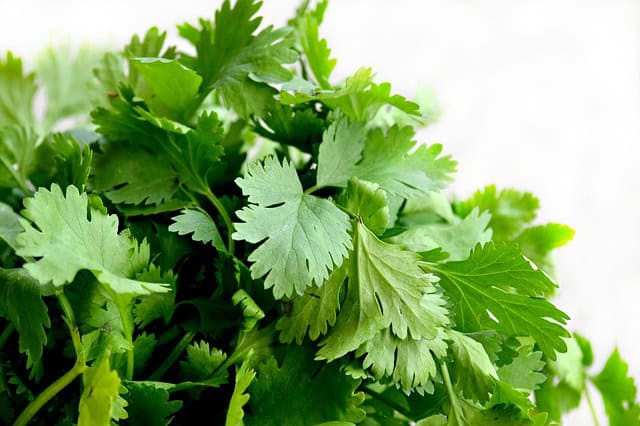
Temperature Tolerance: Cilantro prefers cooler conditions, ideally around 50°F to 70°F. It can bolt quickly in extreme heat, so timing is crucial.
Planting Dates: In Zone 7, June can be a warmer month, but early June is still a good time to plant cilantro seeds.
Compelling Information: Cilantro adds a distinct flavor to various cuisines, particularly Mexican and Asian dishes. Plant seeds directly into well-drained soil about ½ inch deep, spacing them 6-8 inches apart. It thrives best in full sun but can also tolerate some shade, especially in the afternoon. To prolong growth, harvest leaves regularly while avoiding flowering to keep the herb fresh and flavorful.
Dill
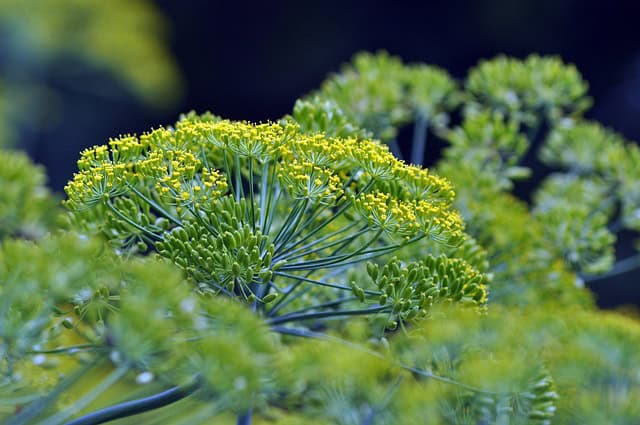
Temperature Tolerance: Dill grows best in temperatures from 60°F to 75°F and can withstand some warmer temperatures with proper care.
Planting Dates: Dill can be sown in early June in Zone 7, allowing for sufficient establishment before the heat sets in.
Compelling Information: Dill is an aromatic herb essential for various culinary uses, particularly in pickling and flavoring dishes. Plant seeds about 1/4 inch deep and 12 inches apart. Dill prefers well-drained soil and full sun; it can grow quite tall, so space it appropriately to allow air circulation. Regular harvesting promotes healthy growth, and its flowers attract beneficial insects, making it a valuable addition to any garden.
Oregano
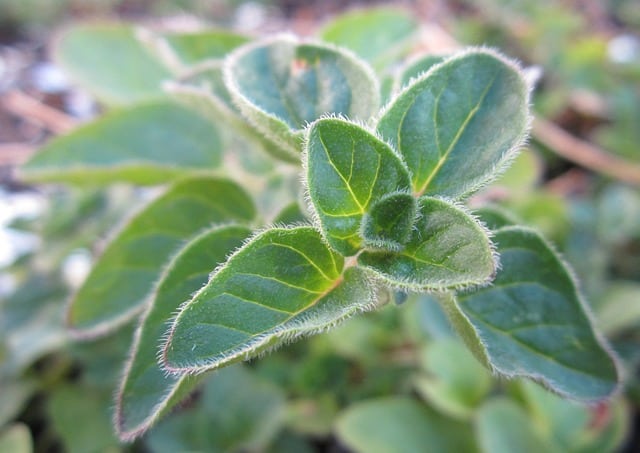
Temperature Tolerance: Oregano prefers warm temperatures, flourishing in the 70°F to 90°F range.
Planting Dates: June is a fantastic time to plant oregano seeds directly into the garden.
Compelling Information: Oregano is a fantastic culinary herb known for its robust flavor, often used in Italian and Mediterranean dishes. This perennial is drought-tolerant once established, making it manageable for low-maintenance gardens. Plant seeds about 1/4 inch deep, spacing them 12-18 inches apart. Sunlight enhances growth—aim for at least six hours a day. Harvest regularly to enjoy fresh flavors; it can also be dried for winter use.
Chives

Temperature Tolerance: Chives thrive in temperatures between 60°F and 75°F and can tolerate cooler conditions.
Planting Dates: In Zone 7, June is a suitable time to sow chives directly, either from seeds or by dividing existing plants.
Compelling Information: Chives are a delightful herb known for their mild onion flavor and beautiful purple flowers. They grow well in full sun or partial shade and prefer well-drained soil. Space seeds about 12 inches apart. As a perennial, chives can provide a continuous harvest when cared for correctly; regular cutting encourages denser, healthier growth. They also repel pests, making them a great companion for other plants.
Thyme
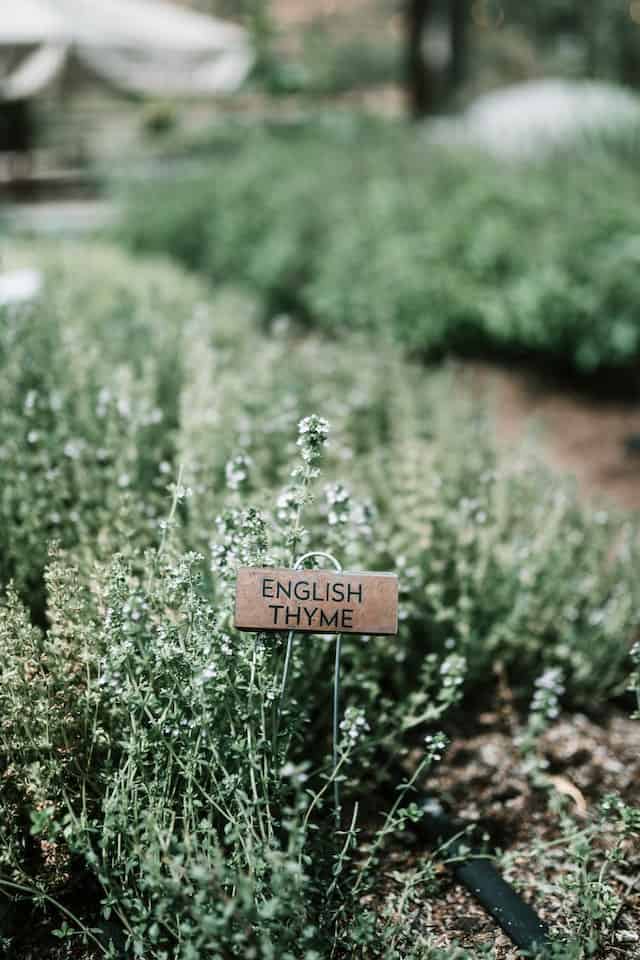
Temperature Tolerance: Thyme is well-suited to warm conditions, thriving in temperatures between 70°F and 85°F.
Planting Dates: Plant thyme seeds in June for a productive harvest, as this herb enjoys warm soil.
Compelling Information: Thyme is a hardy perennial herb known for its culinary uses and fragrant foliage. When sowing seeds, space them about 12 inches apart, and consider planting them in well-draining, sandy soil. Once established, thyme is drought-tolerant. Regular pruning during the growing season promotes further growth, while its densely-growing habit can also provide ground cover in gardens. Fresh thyme enhances various dishes, while dried thyme works wonders in winter cooking.
Parsley
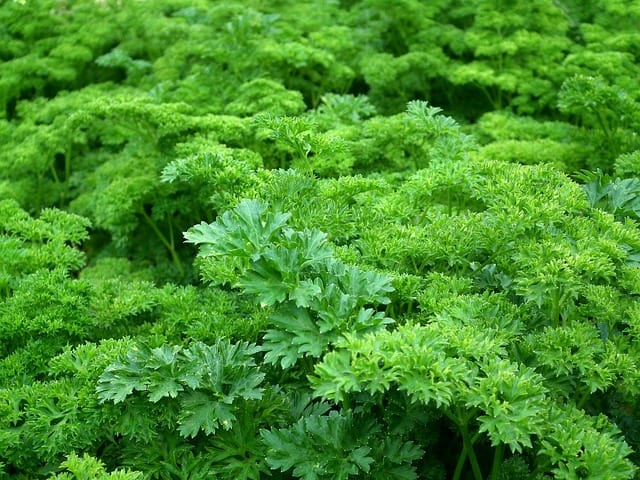
Temperature Tolerance: Parsley prefers moderate temperatures ranging between 50°F and 75°F.
Planting Dates: June is a suitable time to plant parsley in Zone 7, especially for summer harvests.
Compelling Information: Parsley is known for its versatility and culinary uses. Plant seeds about 1/4 inch deep and space them approximately 6-10 inches apart. While they can tolerate some shade, planting in full sun encourages stronger flavors. Parsley requires consistent moisture for optimal growth and can be harvested continuously throughout its growth cycle, leaving enough leaves to promote further development. As a biennial, it can produce throughout the first season and extend into the second year.
Mint
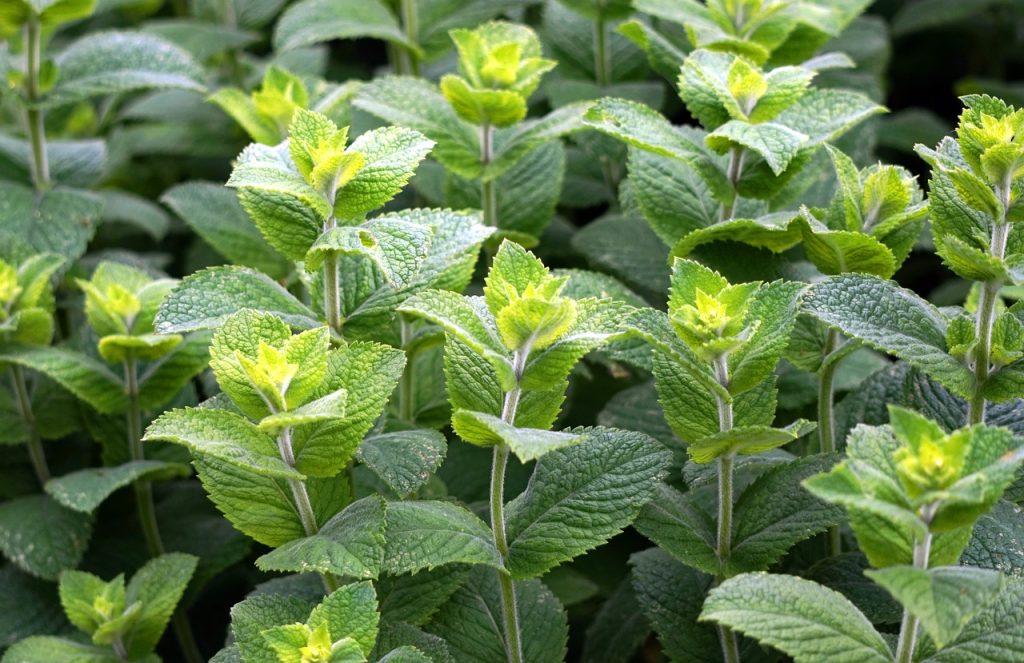
Temperature Tolerance: Mint grows best in temperatures between 60°F and 75°F but can tolerate moderate heat.
Planting Dates: June is an excellent time to establish mint, either from seed or through cuttings.
Compelling Information: Mint is a flavorful and aromatic herb that can spread quickly, so it’s important to plant it in containers or dedicate specific garden space to it. Plant seeds approximately 1/4 inch deep and 12-18 inches apart. Mint requires consistent moisture, but it is forgiving, handling various soil types. Regular harvesting not only promotes leaf growth, but also prevents it from bolting, maintaining a rich flavor profile that can be used in teas, salads, and desserts.
Tarragon
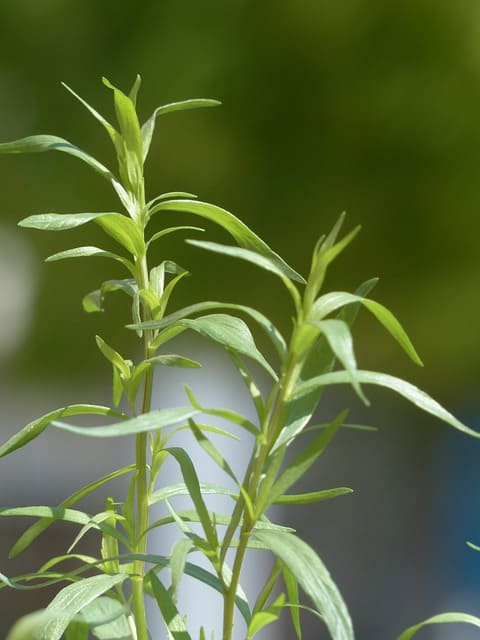
Temperature Tolerance: Tarragon thrives in warm conditions, preferring temperatures between 70°F and 85°F.
Planting Dates: June is a great time to sow tarragon seeds directly into well-drained soil.
Compelling Information: Tarragon is known for its distinct anise-like flavor and is particularly popular in French cuisine. When planting, sow seeds 1/4 inch deep, allowing for 12 inches of space between plants. Ensure you provide full sunlight for optimal growth. Regular harvesting can keep the plant bushy and healthy, and the leaves can be dried for added flavor in winter dishes.
Lemon Balm

Temperature Tolerance: Lemon balm prefers temperatures between 60°F and 75°F, though it can handle some moderate heat.
Planting Dates: June is a wonderful time to establish lemon balm seeds or cuttings in your garden.
Compelling Information: Lemon balm is an easy-to-grow herb known for its uplifting lemon scent. It thrives in sunny or partially shaded areas, making it versatile for various garden spots. When planting, space seeds about 12 inches apart in well-drained soil. Regularly pruning it encourages bushier growth while promoting flavor. Lemon balm offers culinary uses in teas and salads, and its aromatic properties can create delightful sensory experiences in your garden.





